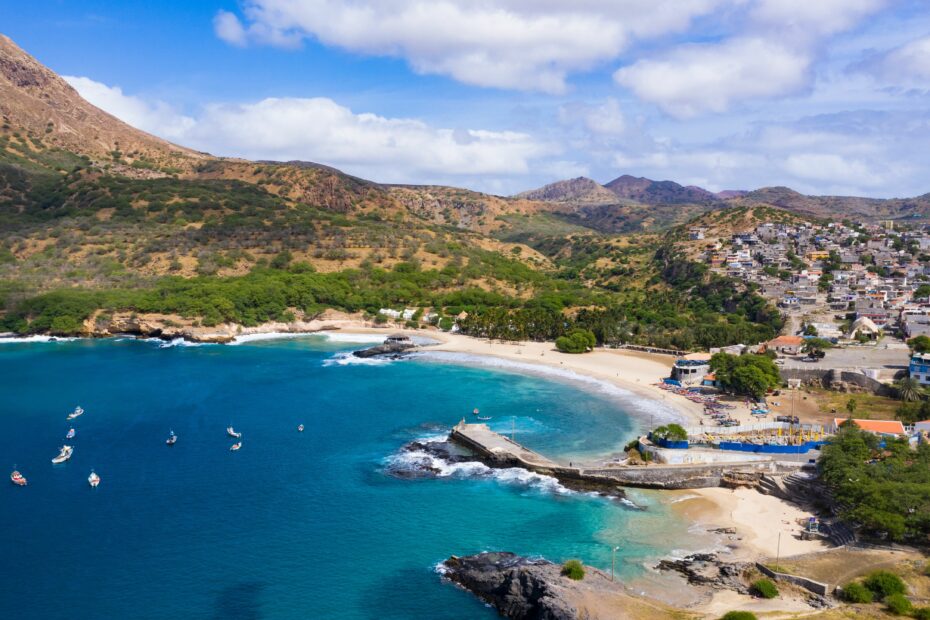Known for its vast landscapes and diverse cultures, Africa is also home to some of the smallest countries in the world. These tiny nations may be small in size, but they are big in history, culture, and charm. Join us as we explore the top 8 smallest African countries, ranked by land area.
1. Seychelles
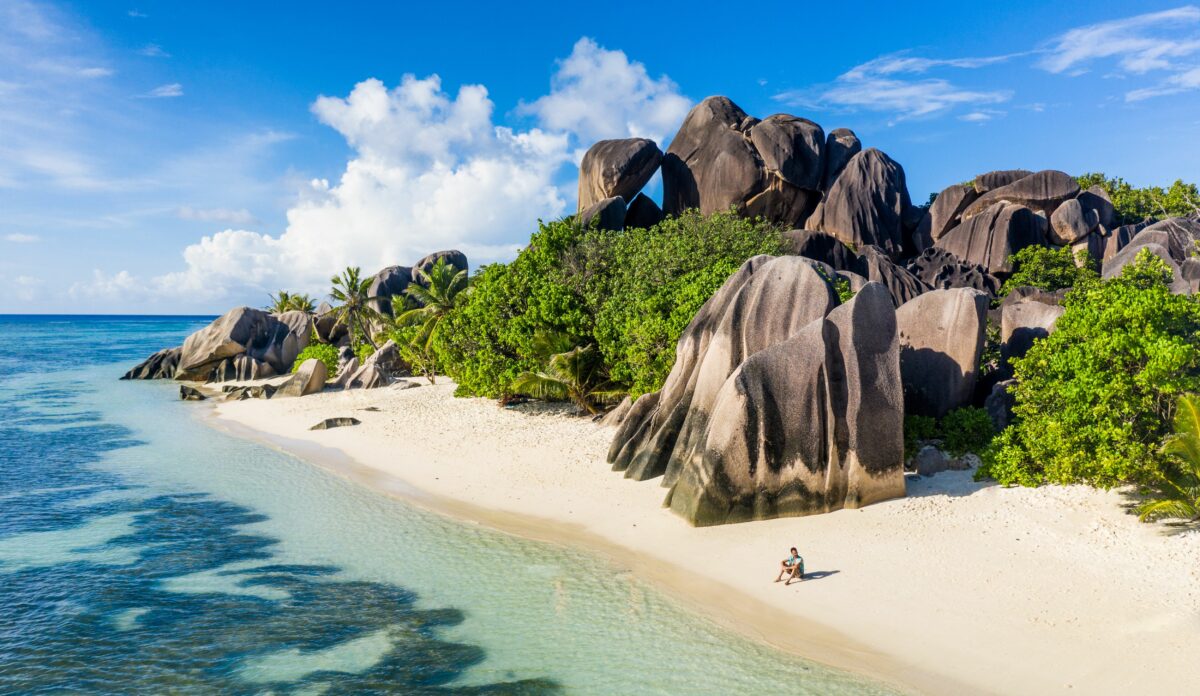
- Capital: Victoria
- Size: 459 km²
- Population: 107,914
- National Language: Seychellois Creole, English, and French
Seychelles, an archipelago of 115 islands, is the smallest African country. Nestled in the Indian Ocean, it’s known for its exquisite beaches, diverse marine life, and unique flora and fauna, including the rare Seychelles Black Parrot. Its capital, Victoria, is a vibrant city with a rich blend of modernity and tradition.
Though small, Seychelles’ cultural heritage is vast, influenced by African, European, and Asian roots. The main languages, Seychellois Creole, English, and French, reflect the country’s colonial history and multicultural identity. Since gaining independence on June 29, 1976, Seychelles has thrived as a popular tourist destination and a significant player in global environmental conservation.
2. São Tomé and Príncipe

- Capital: Sao Tome
- Size: 1,001 km²
- Population: 233,759
- National Language: Portuguese
Another island, São Tomé and Príncipe is a small nation located in the Gulf of Guinea off the western coast of Central Africa. It is the second smallest country in Africa. It consists of two archipelagos comprising the main islands of São Tomé and Príncipe. The country’s capital, Sao Tome, is renowned for its colonial architecture and fascinating historical sites. Read Also: List of top 7 largest countries in Africa
With a small population, it has a rich cultural heritage with influences from Africa, Europe, and the Americas. São Tomé and Príncipe’s diverse natural beauty, featuring lush rainforests, teeming marine life, and imposing volcanic landscapes, has turned it into an emerging eco-tourism hot spot. Although small, the country significantly promotes sustainable development and biodiversity conservation in the region.
3. Comoros
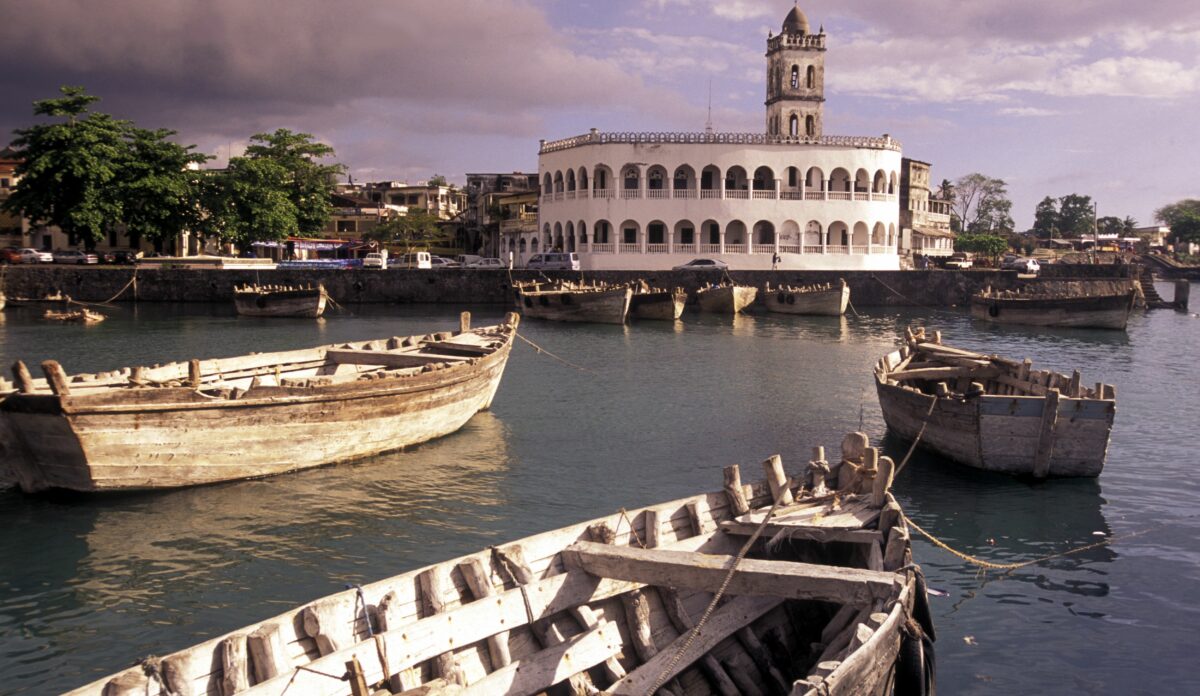
- Capital: Moroni
- Size: 1,861 km²
- Population: 0.9 million
- National Language: Comorian, Arabic, and French
Comoros, located in the Indian Ocean off East Africa’s coast, is a beautiful yet largely undiscovered archipelago. Composed of three major islands, Grand Comore, Mohéli, and Anjouan, each island offers a distinct landscape ranging from pristine beaches, lush rainforests, to imposing active volcanoes. Moroni, the capital, is a bustling city with a maze of narrow streets, bustling markets, and grand mosques reflecting its strong Arabic influence.
Although small in size and population, Comoros has a rich cultural heritage, deeply influenced by its African, Arabic, Malay, and French history. Its vibrant music and dance, like the traditional ‘Twarab’ and ‘Mgodro,’ set a rhythmic pulse for life on the islands. Comorian cuisine is also a delightful fusion of Arabic, French, and African flavors. Read Also: Exploring Africa’s top 9 largest cities in 2023
Comoros is a biodiversity hotspot, home to many endemic species. However, it faces challenges such as deforestation, soil degradation, and threats to biodiversity. Since its independence in 1975, it has been striving to conserve its environment and improve socio-economic conditions. Despite its struggles, Comoros remains a unique part of the world with its natural beauty and vibrant culture.
4. Mauritius

- Capital: Port Louis
- Size: 2,040 km²
- Population: 1.3 million
- National Language: English
Mauritius, known as the Star and Key of the Indian Ocean, is an island nation off the southeast coast of Africa. It boasts a multicultural society, vibrant culture, and a blend of modern developments with colonial architecture in Port Louis.
Since gaining independence in 1968, Mauritius has made remarkable progress. It is recognized globally for its democratic institutions, solid economic growth, and diversification from a sugar economy to include textiles, tourism, and financial services. With breathtaking beaches, coral reefs, and rich biodiversity, Mauritius showcases its commitment to conservation through nature parks and reserves.
5. Cape Verde
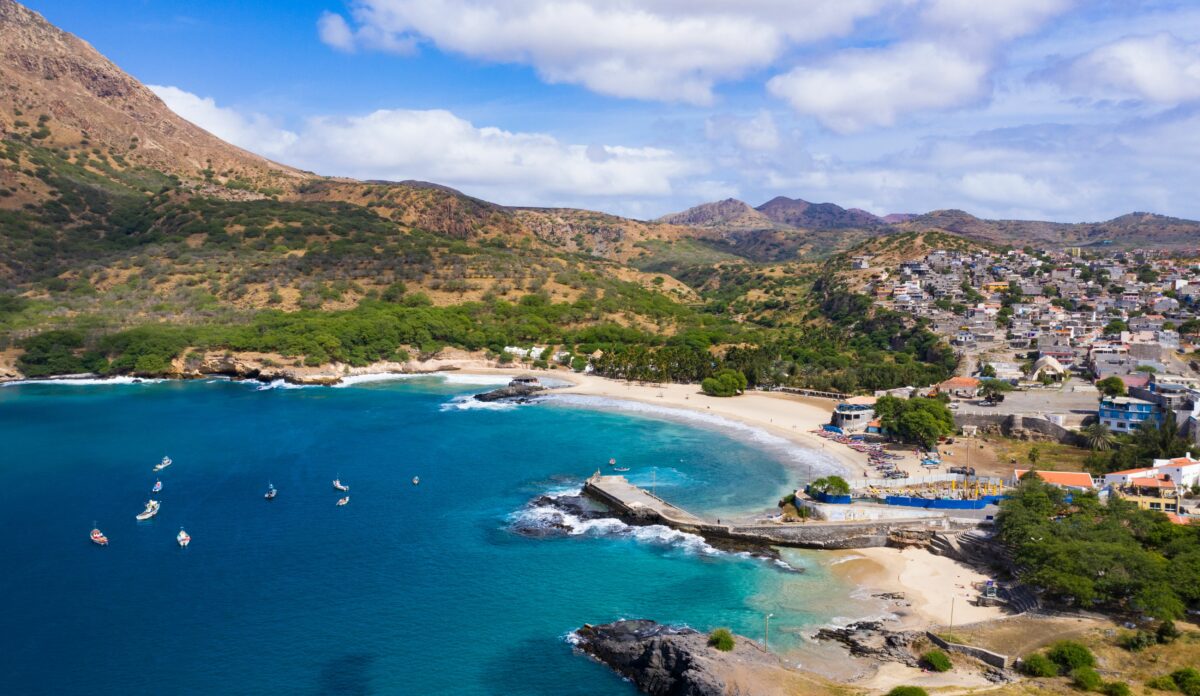
- Capital: Praia
- Size: 4,030 km²
- Population: 0.5 million
- National Language: Portuguese
Cape Verde, also known as Cabo Verde, is a captivating African island country. It consists of ten volcanic islands, each with its unique charm. Despite its isolated location in the Atlantic Ocean, about 500 km off the coast of Senegal, Cape Verde has become a melting pot of cultures due to its historical significance in the Atlantic Slave Trade.
Its capital, Praia, is a vibrant city blending Creole Portuguese-African culture, colonial architecture, and bustling markets. Cape Verde is known for its music, such as Morna, and lively dance forms like Funaná, Batuque, and Kizomba. It offers a contrasting landscape of beautiful sandy beaches, azure seas, green valleys, and barren terrains.
Since gaining independence in 1975, Cape Verde has achieved stability and made remarkable progress in education, healthcare, and women’s rights. It is also committed to sustainable development, aiming to become 100% renewable by 2025.
6. The Gambia
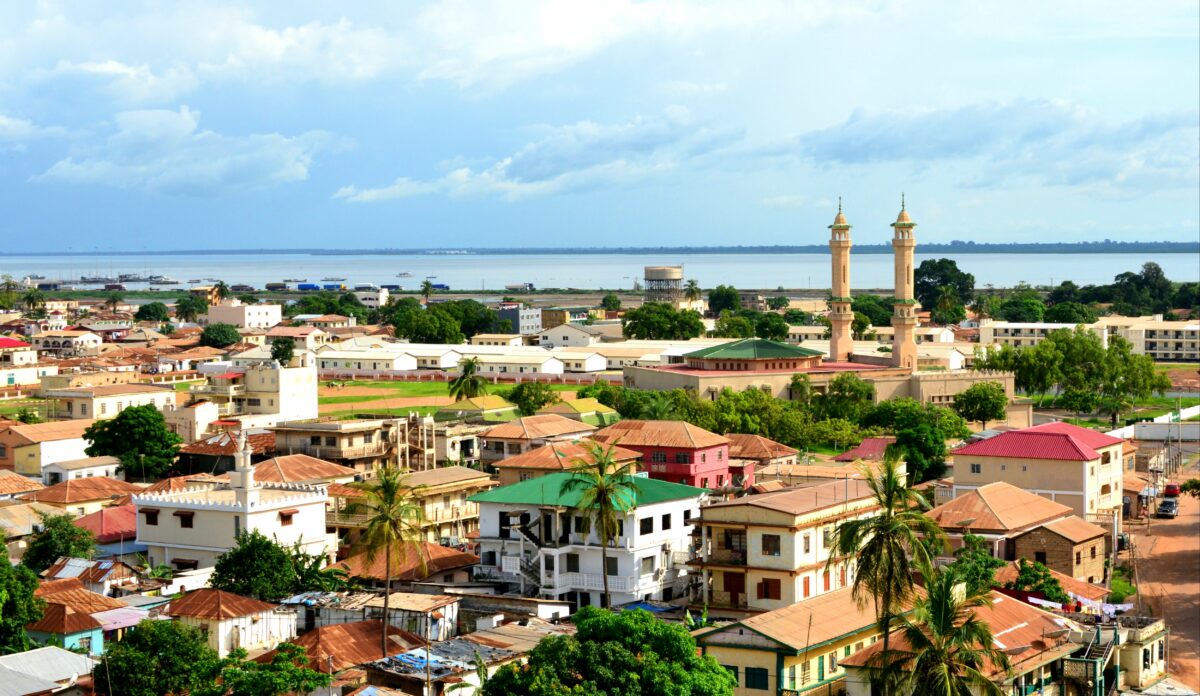
- Capital: Banjul
- Size: 10,000 km²
- Population: 2.5 million
- National Language: English
Despite its diminutive size, Gambia has a rich culture heavily influenced by various ethnic groups such as the Mandinka, Wolof, Fula, and Jola. Gambia’s natural beauty is encapsulated by its pristine beaches, lush mangrove forests, and the Gambia River, which meanders the country. The nation’s economy depends mainly on agriculture, tourism, and remittances from abroad.
The country has a youthful population, with about a third under the age of 14, posing opportunities and challenges regarding education and employment. The Gambia has a tumultuous political history, but with democratic changes in recent years, it has been making strides towards political stability and progress. Gambia continues to enchant visitors worldwide with its friendly people, colorful culture, and stunning natural landscapes.
7. Eswatini (formerly Swaziland)

- Capital: Mbabane
- Size: 17,364 km²
- Population: 1.2 million
- National Language: Swazi (siSwati) and English
Eswatini, formerly known as Swaziland, is a small, landlocked monarchy in southern Africa. It is renowned for its breathtaking landscapes, including scenic mountains and vast savannahs, making it a haven for nature lovers. The country’s rich cultural heritage is deeply rooted in tradition, with the Swazi people taking great pride in their age-old customs and ceremonies. One of the most famous events is the Umhlanga or Reed Dance, where thousands of women gather annually to honor the Queen Mother.
Eswatini’s diverse economy relies on agriculture, manufacturing, and tourism, with wildlife playing a significant role. The country is home to several protected parks and reserves, offering memorable experiences for wildlife enthusiasts. Despite facing challenges like poverty and health issues, Eswatini strives for development, leveraging its cultural richness and natural resources.
8. Djibouti

- Capital: Djibouti City
- Size: 23,200 km²
- Population: 1.0 million
- National Language: French and Arabic
Djibouti, situated in the Horn of Africa, is a country of stark contrasts. Its arid desert landscapes, volcanic formations, and Red Sea coastline create a diverse environment. Djibouti City, the capital, is known for its vibrant markets, colonial architecture, and diverse population.
Djibouti plays a strategic role due to its location at the mouth of the Red Sea. This makes it a crucial passage point for goods traveling to and from the Indian Ocean and the Mediterranean. Djibouti’s culture is a rich mosaic, reflecting influences from Somali, Afar, French, and Arabic heritage. Its music, dance, and cuisine blend East African, Middle Eastern, and French flavors. Djibouti’s unique geographical location, cultural richness, and strategic importance make it a captivating part of the world.

